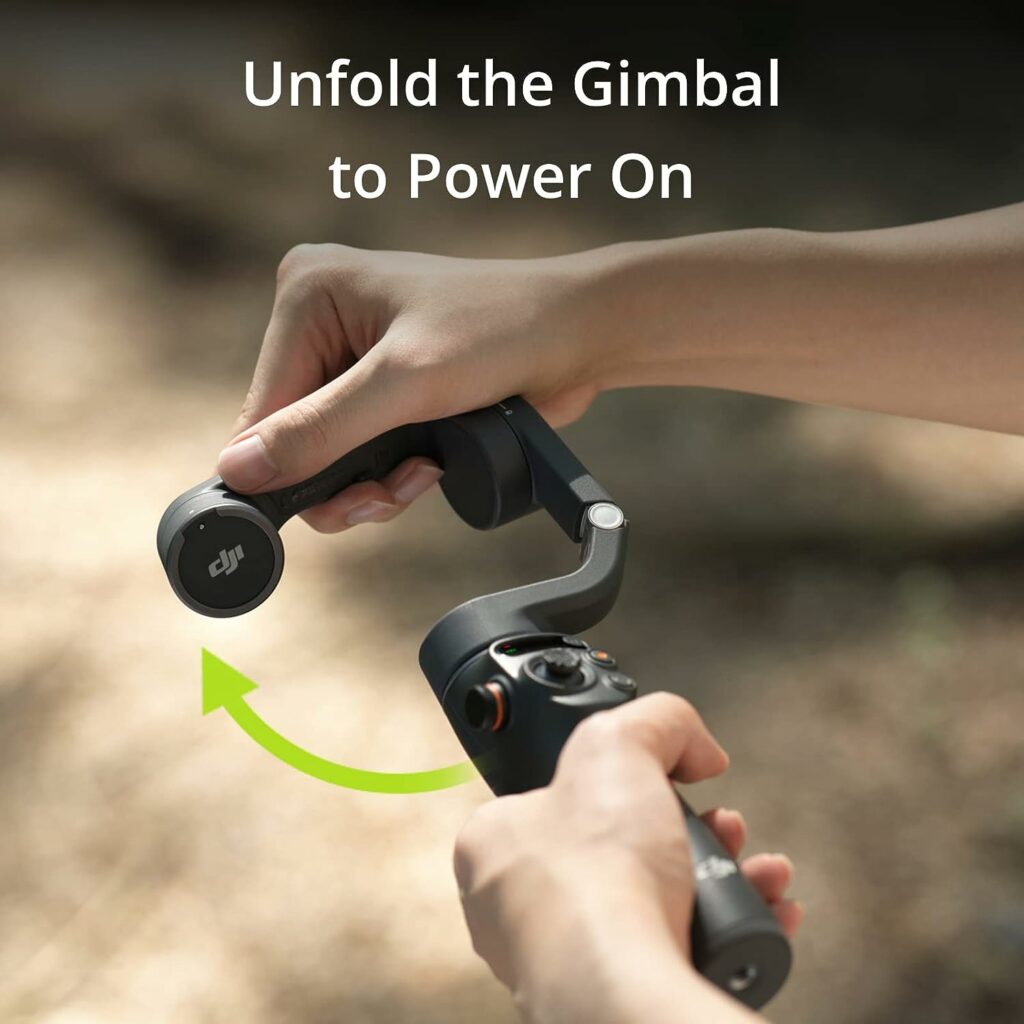It’s a topic not often talked about in the fitness industry, or if so it’s the subject of much embarrassment. But it needn’t be. Pelvic floor problems are a silent epidemic, up to 20-30% of women are affected by a prolapse, and many more experience general pelvic floor problems. So how to tell if you have issues with your pelvic floor? We spoke to Dr. Amy Hoover, resident physical therapist at P.volve about what to look out for…
Most of us have heard the term pelvic floor, but it may be a bit of a mystery as to what it really is and what it does. The pelvic floor is a term used to reference the group of muscles at the base or bottom of the pelvis. This group of muscles span from the pubic bone in front to the tailbone and sacrum in back and covers the area between the sit bones. The entire lower opening of the pelvis is muscular. Pelvic floor muscles are skeletal muscles, meaning they have the same properties as your bicep, your hamstring, your abdominals, etc. You can voluntarily contract and relax these muscles and engage them more deeply in more ways than one.
A contraction of the pelvic floor is commonly referred to as a kegel. When we bear down or push out (as to have a bowel movement) this is an active lengthening of the pelvic floor. These muscles sling around the openings in the pelvis, and act as a support for your pelvic organs including the bladder, uterus and rectum. They help control urine flow and keep us from leaking urine or faeces. They are also part of our core, which is the group of stabilising muscles around our torso. One of the unique things about the pelvic floor is that it does not create joint movement (except for the tailbone) so we cannot move our body to create a pelvic floor contraction; we have to just “feel” it.
The under-active pelvic floor
When things go wrong in the pelvic floor, it can create symptoms that you may not readily attribute to muscles. In general, the pelvic floor can be either under-active (weak) or overactive (too tight.) Pelvic floor dysfunction is a term used to describe either an overactive or under-active pelvic floor, or both together.
Women can have pelvic floor weakness for various reasons, but certainly surrounding pregnancy and childbirth due to the increased demand on these muscles. This is especially true after a vaginal delivery and perineal tearing or episiotomy, where there can be tearing in the pelvic floor muscles. An under-active or weak pelvic floor may lead to urinary or faecal incontinence due to the inability to generate enough strength to overcome the pressures in the abdomen and pelvis during activities such as coughing, sneezing, laughing, jumping or sometimes even just getting out of a chair. Having an under-active pelvic floor can also lead to pelvic organ prolapse, where the position of your bladder, uterus, or rectum can descend due to lack of support.
This all sounds very scary, but the simple fact is that most of the time exercise can prevent and improve all of these symptoms. Specifically, pelvic floor strengthening along with focused core and hip strengthening can dramatically improve and sometimes eliminate these symptoms. To work the pelvic floor, try adding kegels to your daily routine by practicing both long holds (10 seconds) and quick contractions (1 second) for twenty repetitions each once or twice per day. P.volve is an excellent way to improve pelvic floor strength by being mindful of engaging the pelvic floor during your workouts. Workouts that use the p.ball and ankle bands are a great way to facilitate pelvic floor strengthening by targeting the deep hip muscles and deep abdominal muscles, which help to activate and strengthen the pelvic floor.

The overactive pelvic floor
An overactive pelvic floor, or pelvic floor tightness, can create other symptoms. The most common symptom of an overactive pelvic floor is pain. Think about how you feel when you get a muscle cramp or pull your muscle. The muscle tightens up or spasms in response to trauma or overactivity, and this causes pain. The same thing can happen in the pelvic floor muscles, but the symptoms are not always straightforward. Pelvic floor spasm can cause pelvic pain, vaginal pain, painful intercourse, overactive bladder, constipation, pain with sitting and tailbone pain, amongst a host of other symptoms. Trigger points throughout the pelvic floor can cause referred pain to the hips, lower back, sacrum, glutes and perineum or vaginal area.
A tight muscle is many times inherently weak, so overactive pelvic floor can also cause some of the symptoms mentioned above related to weakness. The first thing to do if you think you have an overactive pelvic floor is to be mindful of how you are holding your muscles throughout the day. Many times we hold tension in the lower abdominals or pelvic floor without even knowing it, which may lead to this issue. Stress can cause us to hold tension throughout our body and is one of the major contributing factors to pelvic floor tightness.
Doing hip-opening stretches and practicing diaphragmatic or belly breathing can help reduce tension in the pelvic floor and improve range of motion here, and is also a great stress management strategy. Try doing some of the P.volve recovery workouts like this one, or use your Precision Foam Roller roller to massage the hips, glutes and thigh muscles which can influence the tone in the pelvic floor.

P.volve moves
Mat Recovery without equipment
12 Minute Pelvis and Back Adjustment
12 Minute Hamstring and Glute Recovery
Stretch to Elongate
Chronic pelvic pain
Pelvic floor dysfunction or pelvic floor spasm can be caused by chronic tensing of the abdominals and pelvic floor, can happen postpartum after the stress of vaginal delivery, and can happen as a stress response. When our body is in fight/flight we muscle guard or hold tension in our muscles without being aware that we are doing it.
Pelvic floor/abs are a common area of muscle guarding. Many other female conditions can cause overactive pelvic floor including: endometriosis, vaginismus, vulvodynia, fibroids, adenomyosis, IBS, interstitial cystitis, etc
Pelvic pain affects up to 1 in 7 women, and up to 36% of women in the reproductive-aged years. The pelvic floor, abdominals and hip muscles all feed off each other. In other words, if one is tight the others likely are as well. As a result, with pelvic floor spasm we must work on hip opening stretches and lengthening the abdominals in combination with deep breathing. The diaphragm and pelvic floor work in tandem, so diaphragmatic breathing can help relax the pelvic floor. This method focuses much on core engagement and pelvic floor engagement but also muscle lengthening which is equally (if not more) important for these women with pelvic pain.
Get your weekly DOSE fix here: SIGN UP FOR OUR NEWSLETTER
















